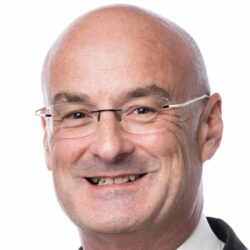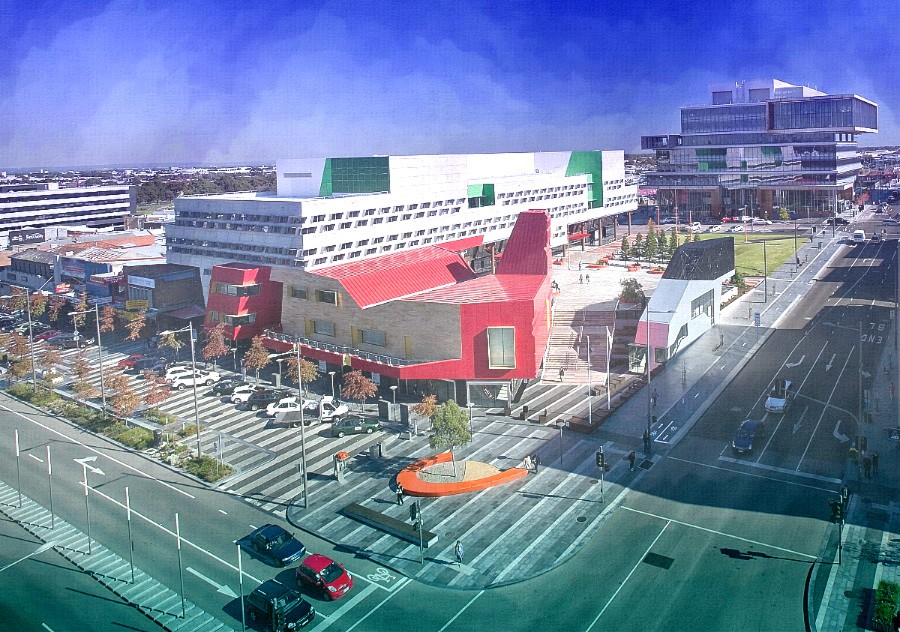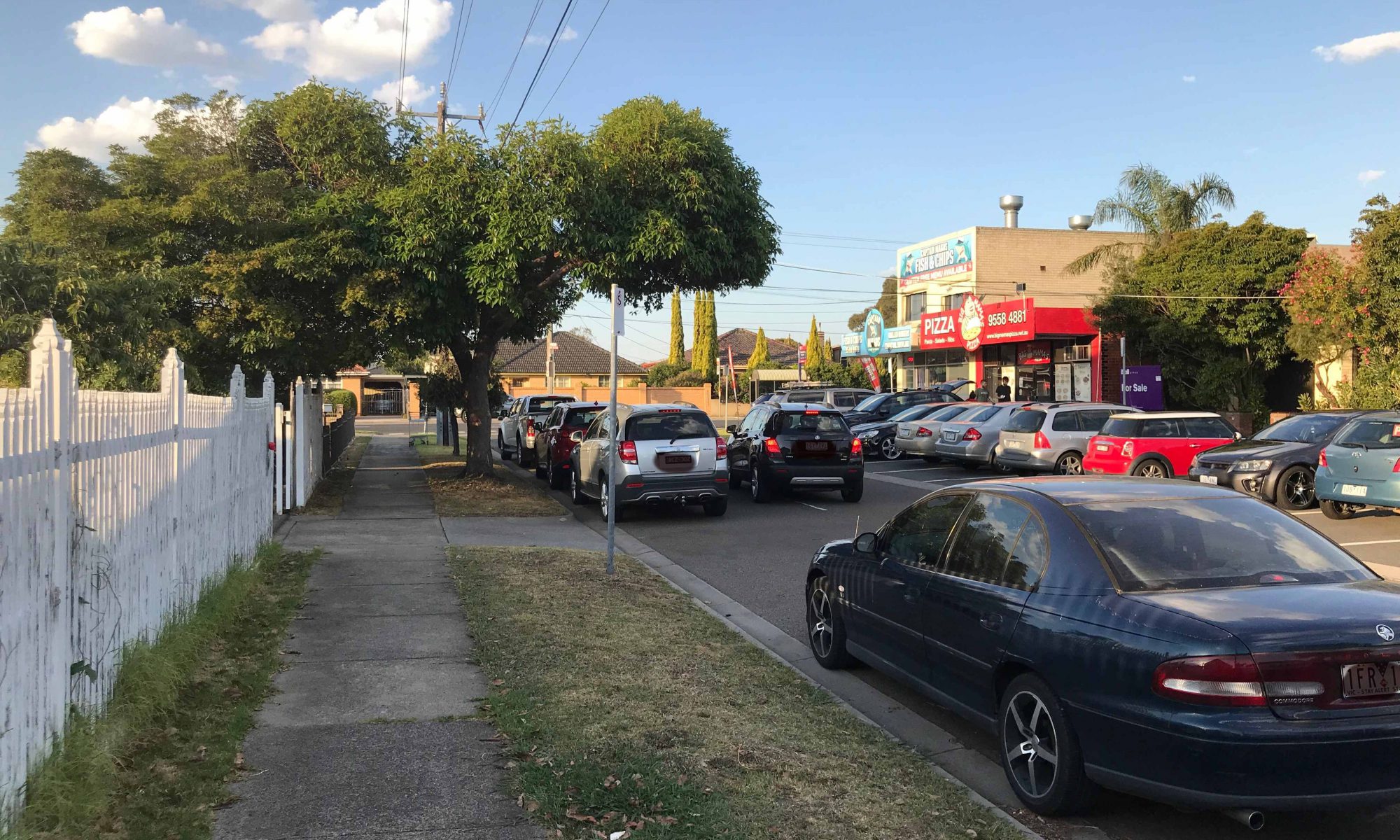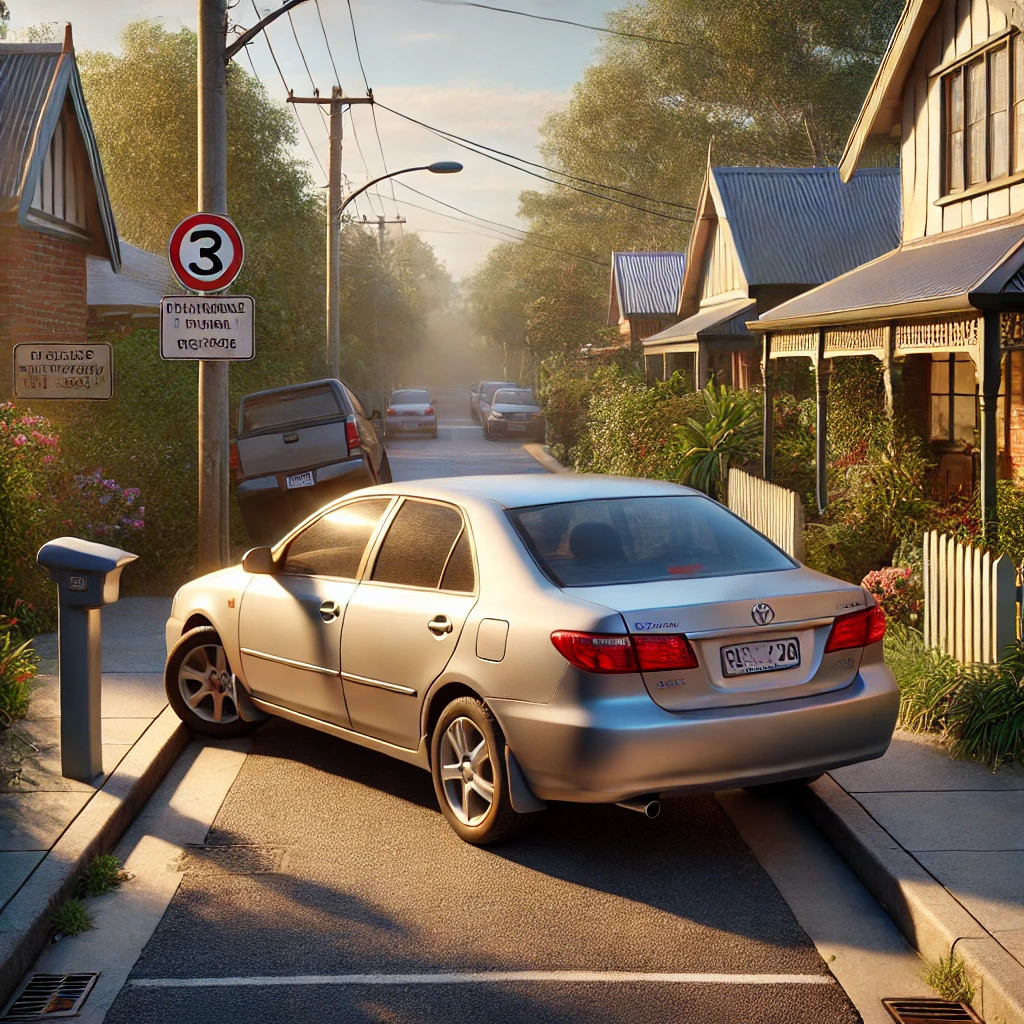Council contracted TPG for optical fibre services after a competitive tender process. Officer reported that council uses optical fibre to connect council buildings and other remote council centres. TPG was considered the best value option for council that met council’s requirements.
Cr Tim Dark raised a question about TPG’s social services. The officer replied that TPG expressed interest in this and that the form of this would be clarified going forward.
The tender process for the reconstruction of Homeleigh & Chapel Rds, Keysborough. Cr Matthew Kirwan asked about the soon to be built Keysborough South Primary School and whether the work would be completed in time for the opening of the school.
The officer replied that the project is needed to make sure that all the required road and associated facilities are ready for the opening of the school. This includes earthworks, line marking, traffic markings. The selected contractor was experienced and had the best price for the works.
Cr Dark asked what type of concrete would be used for the kerb. The officer took the question on notice.
Cr Maria Sampey questioned whether the quality of the job is sacrificed for price. Cr Sampey was concerned that when contracts are subcontracted, the quality of the work may be inferior. Cr Sampey asked who supervises the work to make sure it is up to standard? The officer replied that a civil engineer supervises the contractor and makes sure that the quality is up to standard.
Cr Dark asked about the differential between the budgeted amount and the actual amount spent, as it appears that this project will be delivered under budget. The officer replied that if there is a surplus from the project, then the surplus is returned to the overall council budget.
Cr Kirwan said that this was a vital project for local residents. Cr Kirwan commended officers for the fast-tracking of the project. Lighting will be a separate project.
The council’s Freedom of Information Policy was readopted with a change moved by Cr Kirwan. Cr Kirwan explained that his alternate motion allowed for residents to see the number of FoI requests in the annual report.
Council refreshed its membership of the Multicultural and People Seeking Asylum Advisory Committee. Cr Kirwan explained that this has happened after the merging of two previous committees. Mayor Cr Roz Blades thanked Cr Kirwan and Cr Chea for their work on the committee.
Cr Dark asked about a correspondence item regarding dumping in the green wedge. The officer replied he will circulate to councillors correspondence between the council and the minister. The officer added that we don’t receive large-scale dumping. Some dumping is done by rogue builders with contaminated building materials.
Cr Dark asked about the packaged liquor policy. The officer said that the group of South East Melbourne councils will meet and confer regarding a new direction.
Cr Sampey asked why there is a delay on correspondence that is reported to council meetings. The officer said that the time delay was so that the correspondence could be collated and circulated to councillors prior to the council meeting.
Cr Kirwan spoke on a land swap in Dandenong with Development Victoria. This allowed Council to obtain both the Harmony Square and the Precinct Energy Plan site. Cr Kirwan said that these are key sites in Dandenong. Cr Kirwan said that the Precinct Energy Plan site has many opportunities for use, and could possibly be joined with the planned new art gallery at the prior Masonic Hall site.
Reports and questions from councillors
Cr Sampey mentioned that she had heard that people are getting injured at the Dandenong Oasis pool. Cr Sampey asked who maintains the pool. The officer replied that the YMCA is contracted for this. The Mayor replied that she and Cr Long are on the facilities committee and that these types of maintenance matters could be raised at this committee.
Cr Zaynoun Melhem spoke about the dog off-leash area at Tirhatuan Park. Cr Melhem asked about a “small dog” off-leash park and whether there is any progress on this. Cr Sampey said there had been a petition about this. The officer replied that he will recirculate the information he has regarding Tirhatuan Park to councillors.
Cr Melhem raised a resident’s complaint about a dumped car in the resident’s driveway. Apparently, Council can’t do anything until Tuesday. Cr Melhem said the children in the family are distressed by the abandoned car. Cr Melhem asked if there is anything that Council can do to assist this situation. The officer replied that there is a due process to be followed, that a sticker is placed on the car, and the car is then removed in 7 days. In extreme circumstances, Council can act more quickly.
Cr Melhem asked whether the resident could arrange for the car to be towed and for the resident to bill the council. The officer said this is not possible.
Cr Kirwan said that this year’s NAIDOC event was the best ever and thanked staff for their involvement.
Cr Kirwan said he attended the greenhouse alliance conference and that the conference was the biggest ever, with 300 councillors and council staff. Cr Kirwan mentioned that Bass Coast Council has zero carbon emissions.
Cr Kirwan said that he met with the Oasis Otters swimming club regarding their needs in the proposed new aquatic facility.
Cr Kirwan queried the free parking trial in Lonsdale Street, Dandenong. Cr Kirwan asked how do we determine whether the trial is successful, as we don’t currently have accurate data such as that obtained from parking sensors. The officer replied that parking observation studies are done, parking sensors once installed could provide more data. The officer said that some traders are actively promoting free parking which is a good development.
Cr Kirwan asked – when is the earliest that parking sensors could be installed? Also, do we have baseline data? The officer replied that the anecdotal data will need to be assessed along with future parking sensor data.
Cr Kirwan asked about future plans for Dandenong Park and the Woodcock Reserve part of the plan. The officer replied that there has been some success with negotiations with VicRoads and expects to the process to take 6 to 12 months. Hopefully, the Minister will expedite this as soon as possible. The officer listed elements of the plan and said that final elements will be determined once the impact of the level crossing removal is known.
Cr Kirwan asked about a second pedestrian bridge that would make access to the playground quicker.
Cr Kirwan asked when there will be community consultation on the Municipal Strategic Statement. The officer replied that each council will need to complete the Department of Environment, Land, Water and Planning led translation of the planning scheme. CGD is scheduled as part of the third group of councils. Officers are enquiring as to timing and to the form of the translation, but this has not been confirmed. The officer said that CGD was in a similar situation as other councils as to the level of details.
Cr Kirwan asked about whether electric vehicle charging will be available in the planned new Springvale Hub. The officer replied that there is currently a charging station at the Balmoral Ave carpark in Springvale. The officer replied that a draft policy will provide options on the types of charging stations and will be forthcoming to councillors.
Cr Kirwan asked when wattles will be planted along the railway line, and whether the level crossing removal project will delay this further. The officer replied that there has been meetings between the LXRA and council about when these will be planted.
Cr Kirwan mentioned the planning application at 39 Ellt Cres, Noble Park and the recent article about the VCAT decision. Cr Kirwan asked whether and why our lawyer did not put importance on the lack of a visitor car park. The officer replied that council’s submission was extensive, including the lack of a visitor car park. The officer did not necessarily agree with the VCAT member’s interpretation of council’s representation at the meeting.
Cr Kirwan asked about correspondence listed in the council agenda. Cr Kirwan also mentioned the joint council submission on packaged liquor outlets and said that this is an important issue. Cr Kirwan said the Minister’s rejection was a significant setback for the policy. Cr Kirwan asked the officer whether the Minister has rejected the direction of the policy outright, or whether we believe the Minister rejected the form that the policy was taking. The officer gave a history of the formation of the multi-council policy and meetings with the department. The officer said that all local members of parliament haven’t been briefed yet and that future direction options will be brought to councillors forthwith.
Cr Kirwan also asked about the delay for correspondence to be reported at council meetings, and whether correspondence could be treated as a late item.
Cr Sean O’Reilly said that the Municipal Association is front and centre representing our sector on the recycling situation, some would say crisis with hopefully more news to follow. Cr O’Reilly will be attended a MAV Board meeting Friday week with more news to follow on this and the reaction of councils to mandated single-member wards.
Cr O’Reilly asked that when parking sensors are implemented, that the Director also consider increasing time limits to mitigate backlash against parking sensor introduction. Part of the backlash against parking meters in Springvale was due to the more efficient enforcement of time limits.
Cr Loi Truong reported that the recent South Eastern Melbourne Vietnamese Associations Council (SEMVAC) function raised $43K for the community work that SEMVAC does, mentioned that SEMVAC does not receive public funding and that council should look at ways to advocate for more funding for SEMVAC. Cr Truong thanked Council for its support to date.
Cr Youhorn Chea reported that he also attended the SEMVAC fundraiser. Cr Chea said that it was a good night with great support from the Vietnamese and Chinese communities. Cr Chea suggested that organisations like this should consider buying their own office, and Cr Chea listed community groups that have bought their own office. Cr Chea said that community groups should plan to buy earlier rather than later due to land prices increasing over time. Cr Chea said that SEMVAC was well deserving of support.
Cr Chea attended an event celebrating the life and work of the late Dr Kem Ley, and gave a brief account of Dr Ley’s history and visits to Australia. Cr Chea said approximately 600 people attended.
Cr Chea asked why the underground passage (subway) at Springvale Road near Springvale Train Station has been closed for the last few days.
Cr Chea asked about Hillcrest Grove, Springvale and whether we need to restrict parking to one side only. Cr Chea said many parents of students at Killester College are blocking Hillcrest Grove during school pickup time. Another contributing factor is congestion being caused by the new library development. The officer suggested she meet with Cr Chea to go through the traffic changes, including signalisation, that is planned.
Mayor Cr Roz Blades mentioned past drug action committees in Springvale and requested a section of the new Springvale Community Hub be used to remember the work that these committees have done in the past. Many of these people are no longer with us and should be remembered for their service to the community. Cr Blades thanked people for their contribution to the Springvale Benevolent Society and asked that contributions continue.







